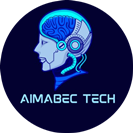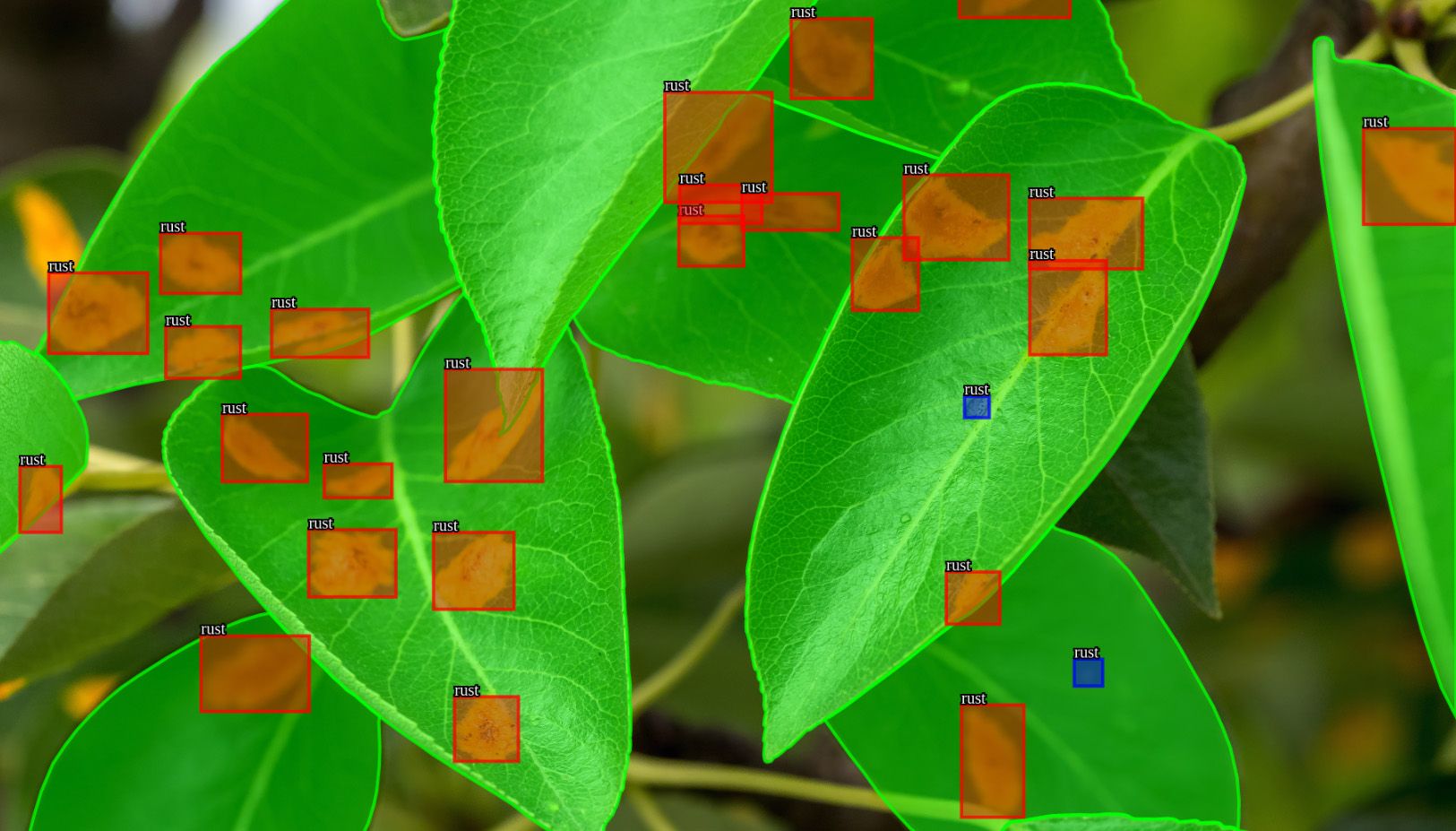
IMAGE ANNOTATION
2D Image Annotation Services
High-quality image annotation solutions using advanced object detection, semantic segmentation, and tracking capabilities meet your most complex ML model requirements.
Image Annotation Services Provide Quality At Scale
Aimabec Tech provides the technical expertise and industry knowledge to deliver high–quality image tagging and annotation services at scale. Our proprietary algorithms and Humans-in-the-Loop approach combine to offer unmatched accuracy. We guarantee a 93% acceptance rate – in writing and support a monthly annotation volume up of up to:
- 250 million frames
- 650 million shapes
Solutions
2D Image Annotation Solutions
BOUNDING BOXES
Detect and define the location of your target objects. Our video annotation experts use bounding boxes to accurately segment videos used for a variety of applications including autonomous driving, food system optimization, and more. Bounding boxes are best used for object tracking and object detection.
POLYGONS
Localize and detect complex objects with precision.Polygons are used as part of our video annotation solutions to improve the accuracy of object detection algorithms. They are best used for applications when a more precise definition of an object’s boundaries are needed such as vehicle detection, crop identification and more.
KEYPOINTS & POINTS
Easily detect and annotate pose variations.Keypoints are a video annotation technique that our team uses to capture the location and orientation of landmarks within a video. Keypoints are best for motion tracking, facial landmark detection and hand gesture recognition as they track the movement of individual objects.
LINES & ARROWS
Annotate straight or curved objects with precision.Lines and arrows are used in 2D video annotation to highlight important features in a video for object tracking or scene understanding. This is useful for understanding things like lane marking and traffic patterns or identifying buildings in a city.
CUBOIDS
Detect the depth and height of your object of interest for vehicle and pedestrian identification, robotic movement, and interior furniture placement.
SUPPORT
What Image Annotation Supports
Easy Integrations
Get started quickly by easily integrating our image annotation platform with APIs, CLIs and webhooks that plug directly into your environment. Our API enables you to programmatically query the status of projects, post new tasks to be done, receive results automatically and more.
Accurate and Efficient Annotation
Productivity gains with our ML-assisted models, allowing us to achieve high-quality at scale. Our advanced image annotation solutions include ML-assisted annotation, crosshair tool, visual feedback on label selection, logically grouped tasks, keyboard shortcuts, and more.
Full Spectrum Labeling
Get results tailored to your exact requirements with custom classes, multiple attributes per instance, and hierarchical relationships.
Comprehensive Shape Support
Our solutions provide a wide range of annotations including bounding boxes, polygons, keypoints & points, segmentations, lines and arrows, and cuboids.
Classification
Categorize scene level attributes with ease for indicating weather conditions, environment type, and activity identification.
CASES
Image Annotation Use Cases
Scene Segmentation
We segment images into individual pixels so that every single pixel in an image is categorized into a class.
Due to the extremely high level of detail captured by scene segmentation, it is of most value to high-risk and high-value use cases.
.jpg)
Lane Identification
Experts deploy polyline annotation to produce training data that instruct machine learning models to recognize specific space parameters in which they operate.
.jpg)
Pose Segmentation
Annotators connect the dots across the human body to establish a relationship between points, like from shoulder to elbow to wrist.
This helps models recognize human postures and movements, which is of particular value to AR/VR applications.
.jpg)
Instance Segmentation
Instance segmentation is an advanced image annotation technique. A combination of object detection and semantic segmentation, objects are classified by more than one category, while also identified as unique objects.
The layering of more fine-grained details improves object recognition.
.jpg)
Scene Categorization
Categorization provides environmental or other context for specific scenes in order to train models to identify and classify images.
Each image in our dataset are thoughtfully and accurately labeled to train an AI system to recognize objects similar to the way a human can.
.jpg)


.jpg)
.jpg)
.jpg)
.jpg)
).jpg)